The innovative windows generate energy while shading building interiors from the sun, improving indoor comfort and energy efficiency.
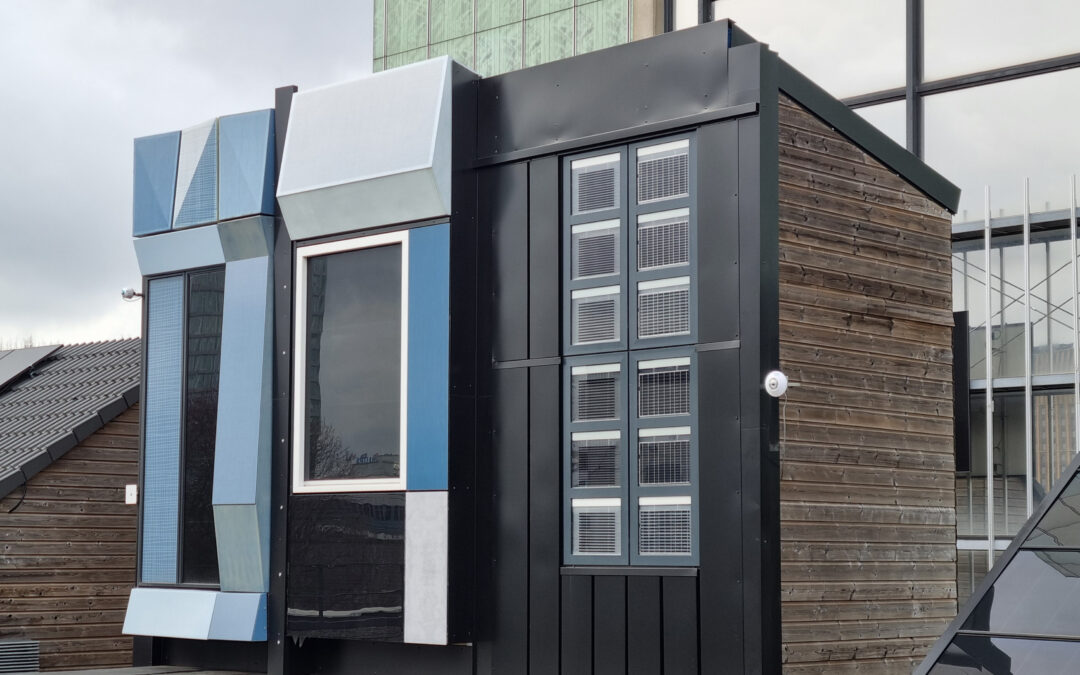

The innovative windows generate energy while shading building interiors from the sun, improving indoor comfort and energy efficiency.
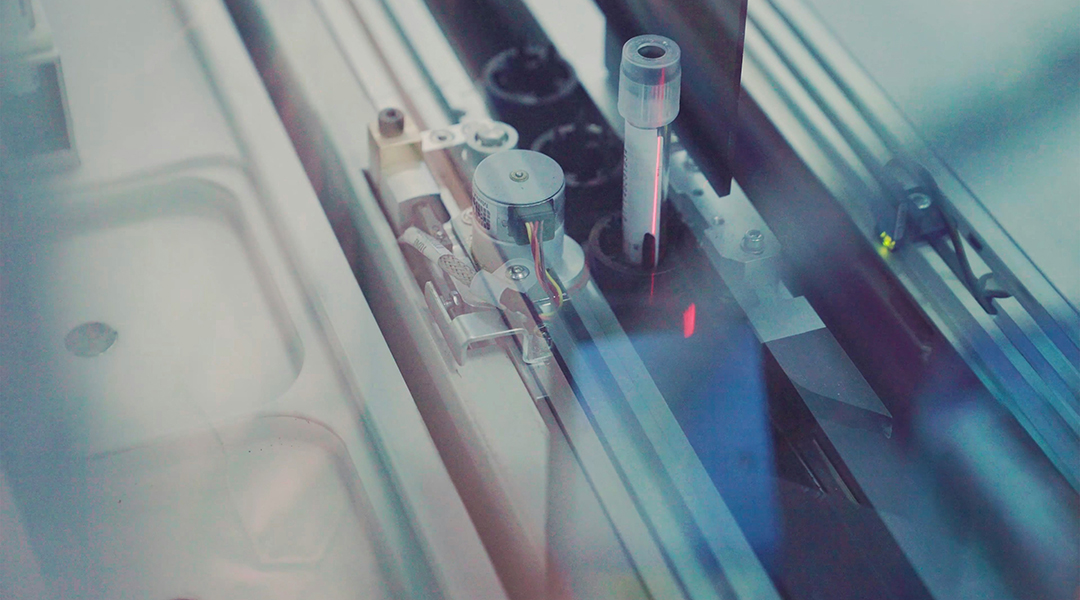
AI might be fast and efficient, but scientists still don’t know whether integrating it with cloud-based labs will be worth the rewards.
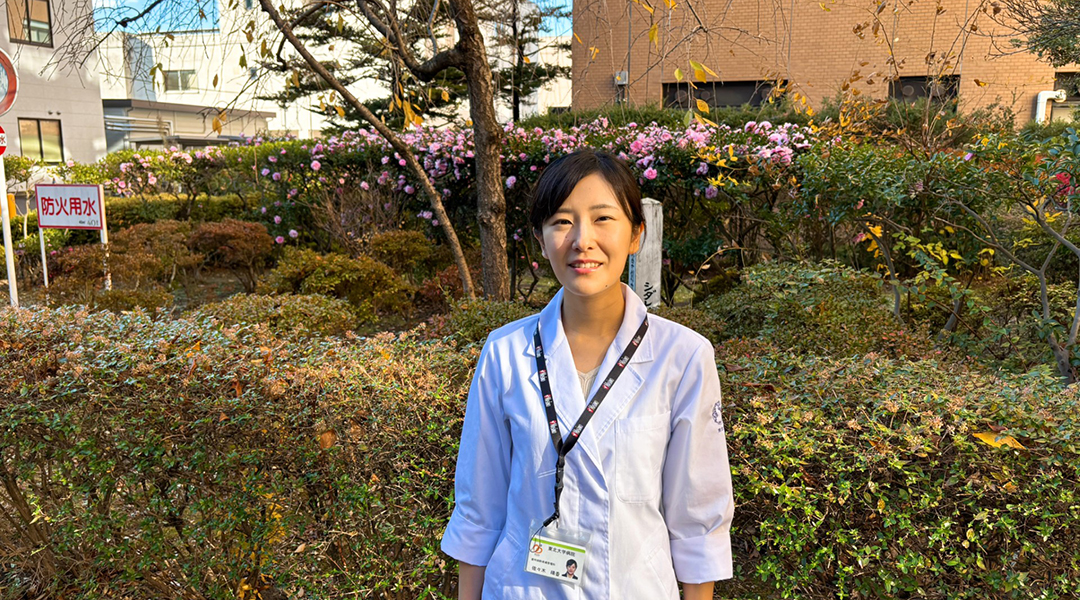
Haruka Sasaki is researching how melatonin impacts asthma to create new treatments for life-threatening nocturnal attacks.

Study shows that starting exercise early helps condition cells to preserve motor neurons before age-related loss.
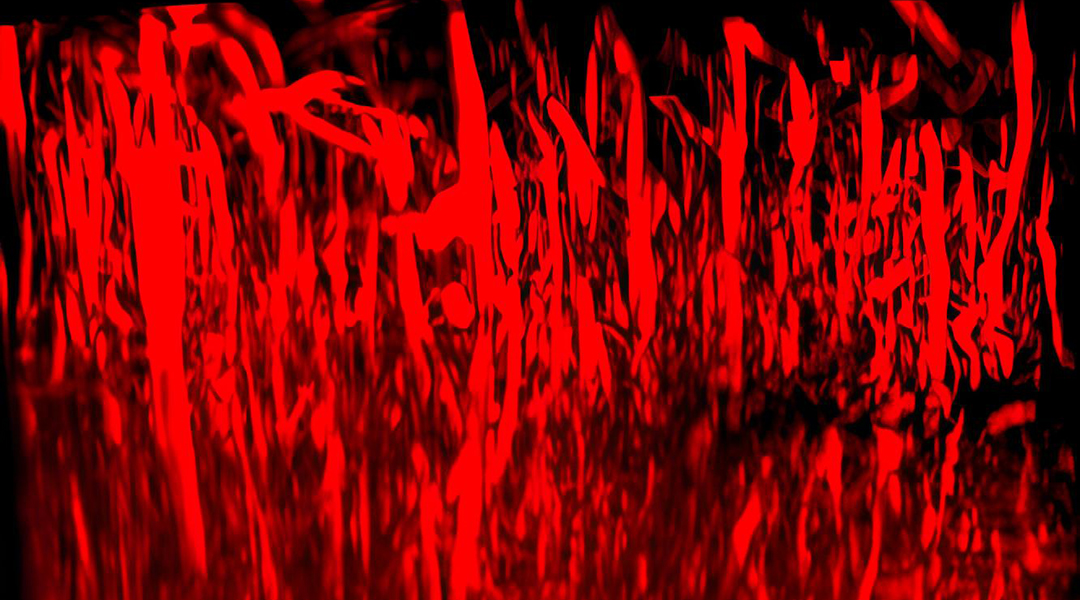
A hydrogel delivers therapeutic molecules to the brain after a stroke, promoting blood vessel regrowth and aiding recovery.
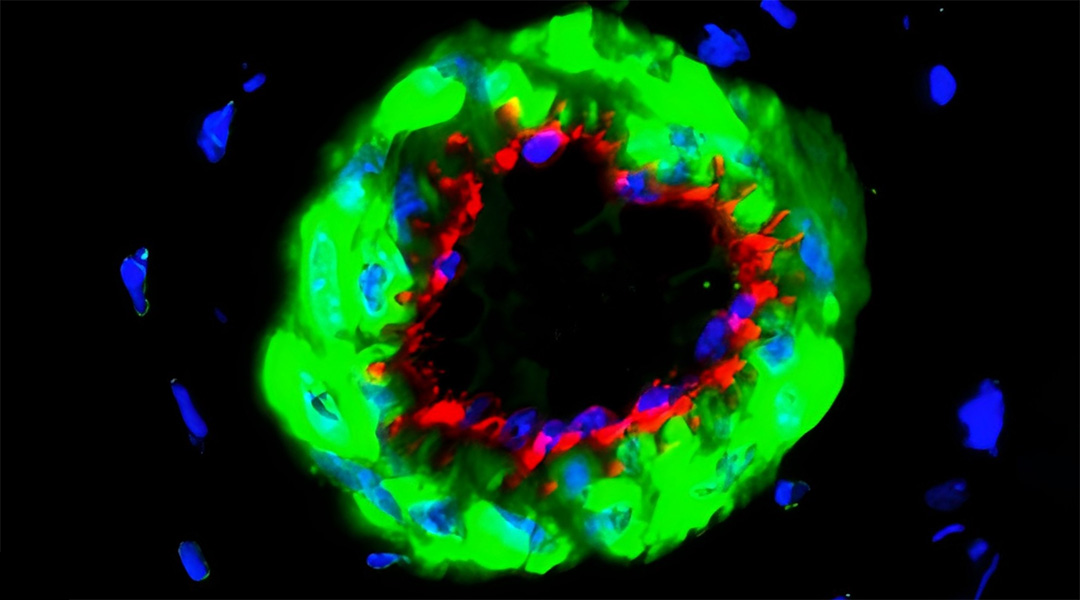
This safer, non-surgical treatment for diabetic limb ischemia could help patients with severe blood flow complications.
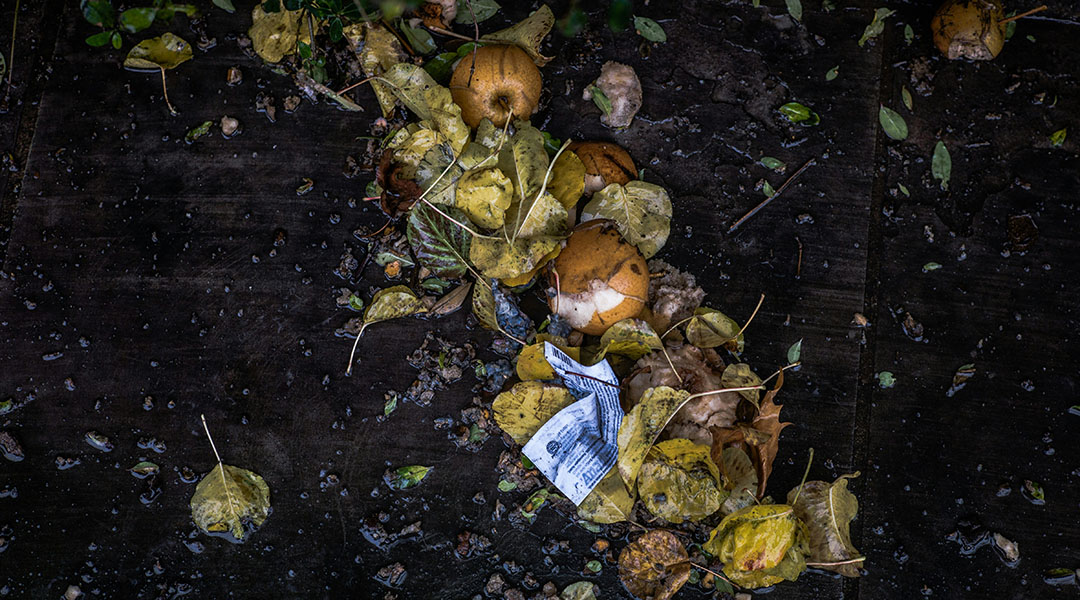
In the future, small electronics could be powered by fallen leaves, shed fur, and other waste materials found in nature.
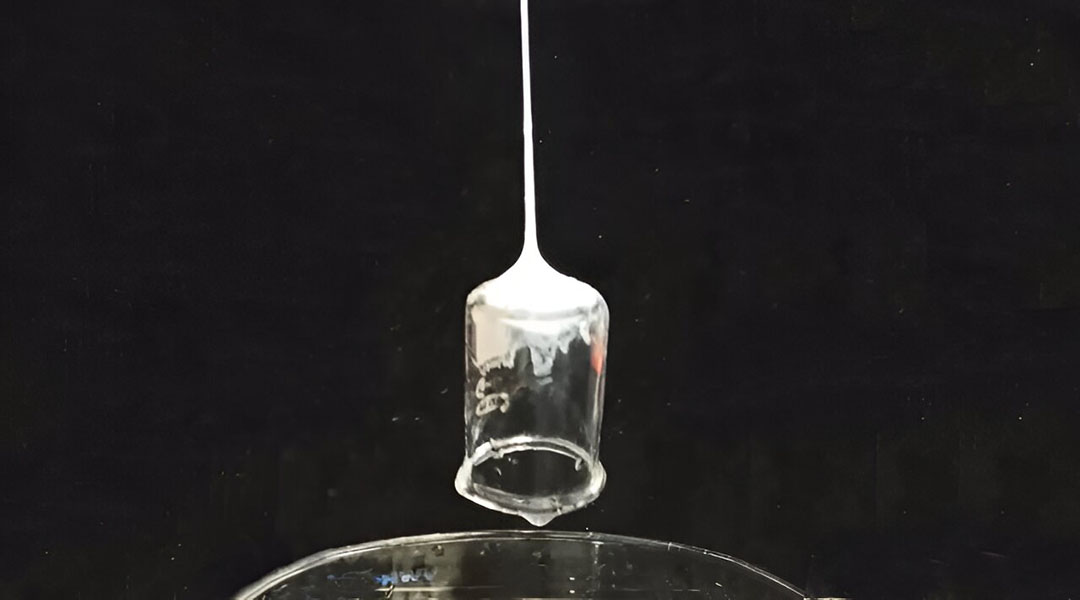
With great power comes great responsibility—even for real-life, superhero-inspired web-slinging tech!

Using the Hubble Space Telescope, astronomers discovered the jet from a black hole, triggering nova explosions along its path.
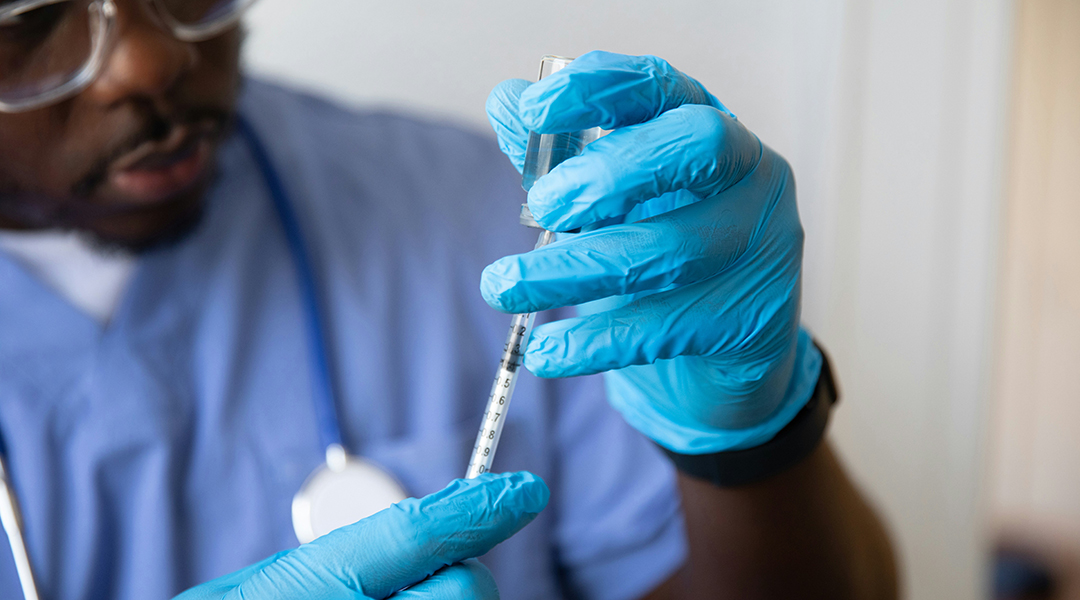
Researchers use enzymes to link antigens and adjuvants, creating safer and more effective vaccines by lowering the required adjuvant dosage.